What Is Naturalist Illustration and its Fundamental Steps?
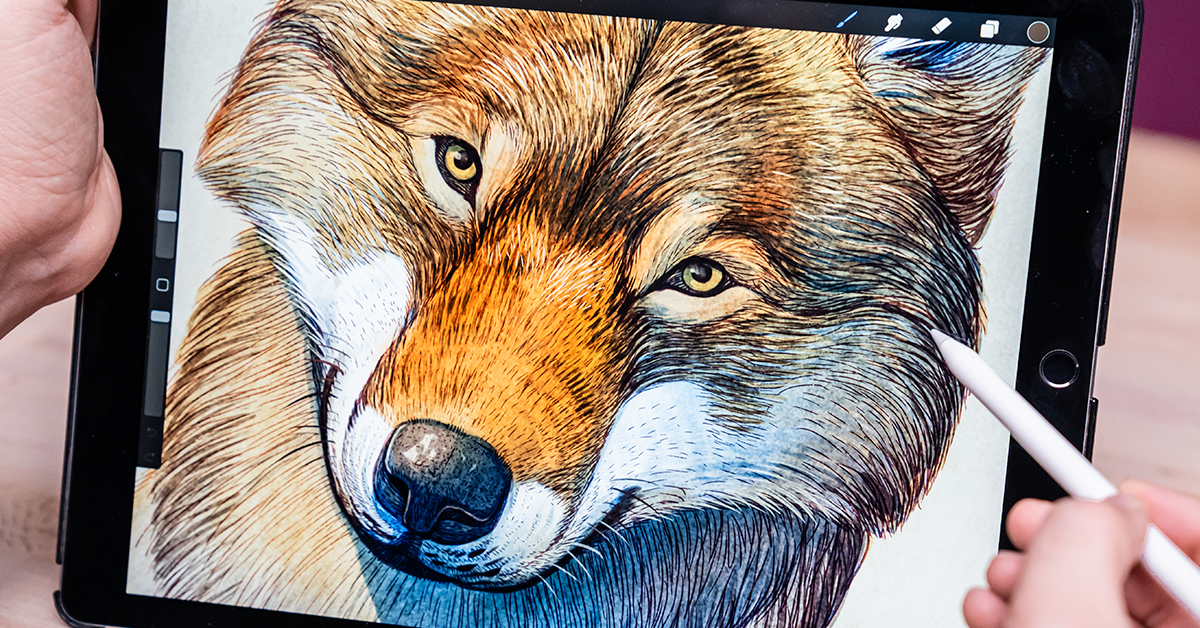
Discover the origin and features of naturalist illustration, as well as the steps involved in drawing flora and fauna
The natural sciences have gone hand-in-hand with art for centuries, thanks to naturalist illustration. Since the 16th century, naturalists have taken part in scientific expeditions or investigated nature of their own accord. The preservation of their drawings of their discoveries resulted in the knowledge they obtained becoming the foundations of modern science.
If you like to observe and draw nature, then this article is for you. Discover the characteristics of this discipline and the steps you should follow to create your own naturalist illustration. You will also learn the subtle differences between this discipline and scientific illustration, such as their objectives.
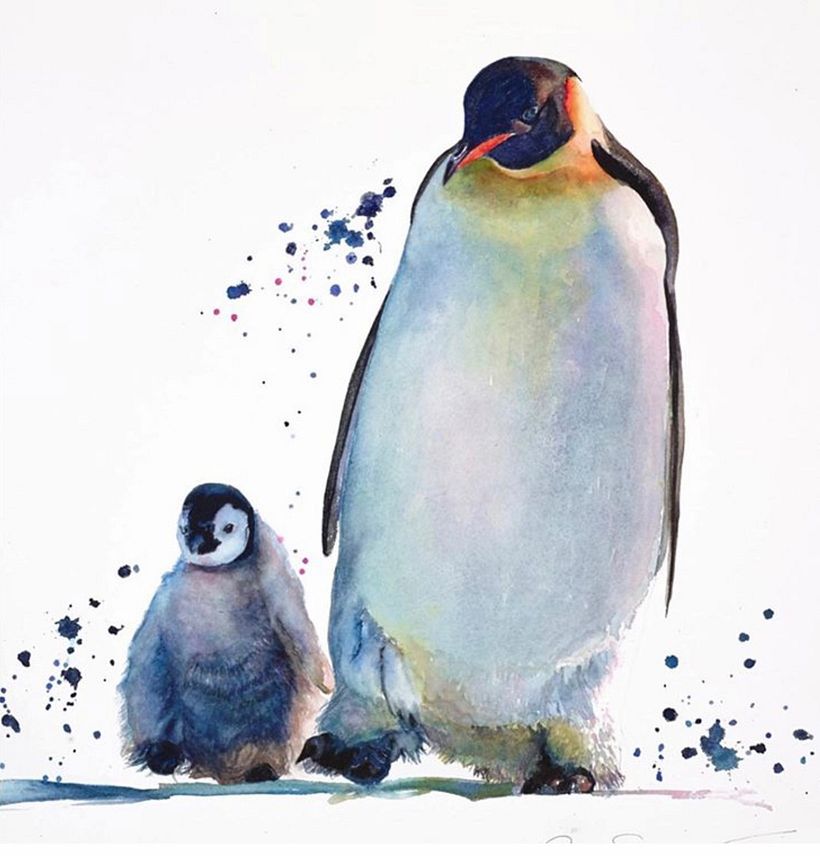
What is naturalist illustration?
The scientific revolution of the 16th and 17th centuries culminated in the birth of modern science. At that time, scientists and illustrators began to form part of teams that traveled around the world in search of knowledge. Their studies were based on observation, and they quickly realized the importance of recording every single discovery, no matter how small. In fact, this is the first piece of advice artists have for those looking to get started in naturalist illustration: observe, look carefully, pay attention. Don't let anything slip by you.
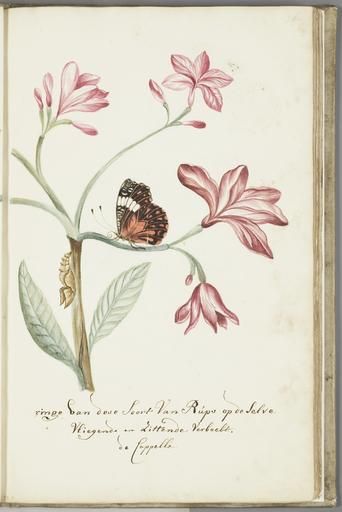
As we can see, naturalist illustration emerged as a discipline during a time of great exploration, when the world was lacking basic knowledge about flora and fauna. This type of illustration focused on recording each discovery about nature while thinking carefully about composition, lighting, and other artistic elements.
"Art and nature shall always be wrestling until they mutually conquer each other so that the victory is on the same stroke and line," Maria Sibylla.
Maria Sibylla Merian (1647-1717) was a German naturalist and a pioneer of modern entomology. Maria was interested in insects from a very young age. She collected and cared for caterpillars at home so that she could observe their transformation. She asserted that "the only reliable approach to the study of natural phenomena is through observation.” In 1675, she published her first work, New Book of Flowers.
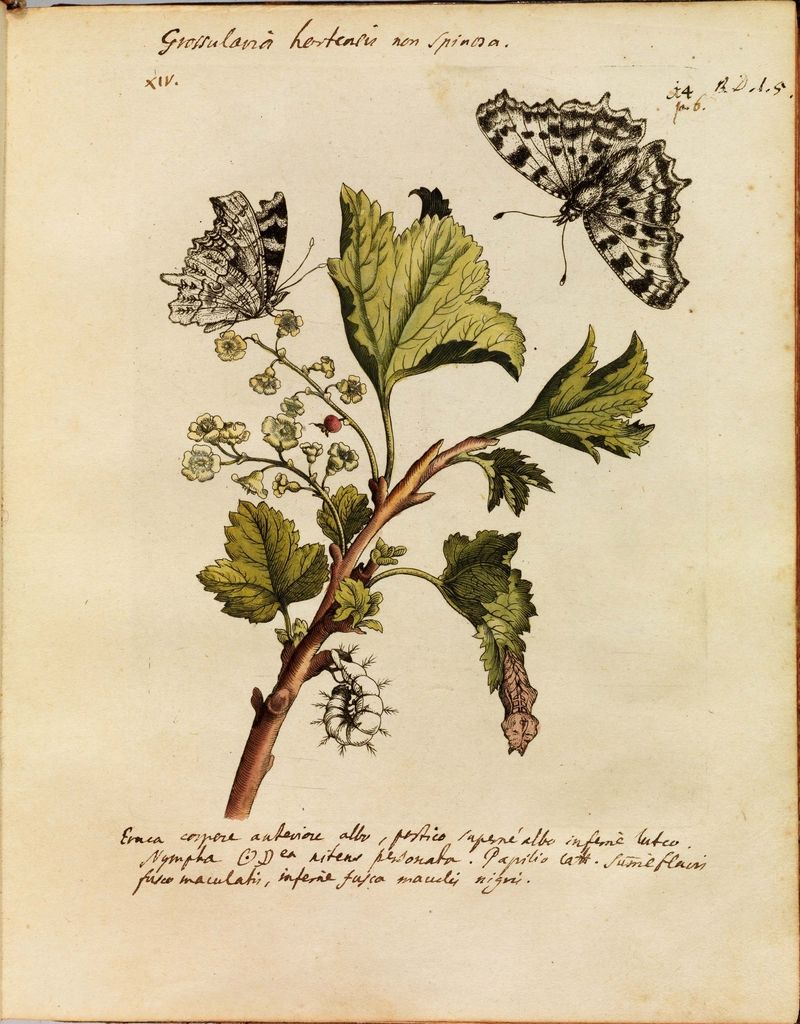
In 1699, she traveled to Suriname with her daughter, where she spent two years drawing and registering all the different plants and insects she found in the South American country. This resulted in the publication of her most important work, Metamorphosis Insectorum Surinamensium, at the beginning of the 18th century. Thanks to Sibylla's and other naturalists’ illustrations, society was able to get up close to nature and see that science and art complement each other.
The purpose of naturalist illustration
When it comes to naturalist illustration, it is not necessary for the final artwork to be a faithful image of reality–it is not a case of copying but of presenting the observer’s viewpoint. This is precisely what differentiates naturalist illustration from scientific illustration.
In other words, naturalist illustration is based on observation, while scientific illustration is based on the study and investigation of the elements being drawn. Scientific illustration is always developed for the purpose of a scientific project. Prior research is required to draw a technical concept with rigor and clarity.
In naturalist illustration, every detail is to be appreciated, meaning that the artist must not hurry their observation process. This is why most illustrators use soft and gentle shapes that you’d associate with a more leisurely creative rhythm. The colors also transmit this serene atmosphere.
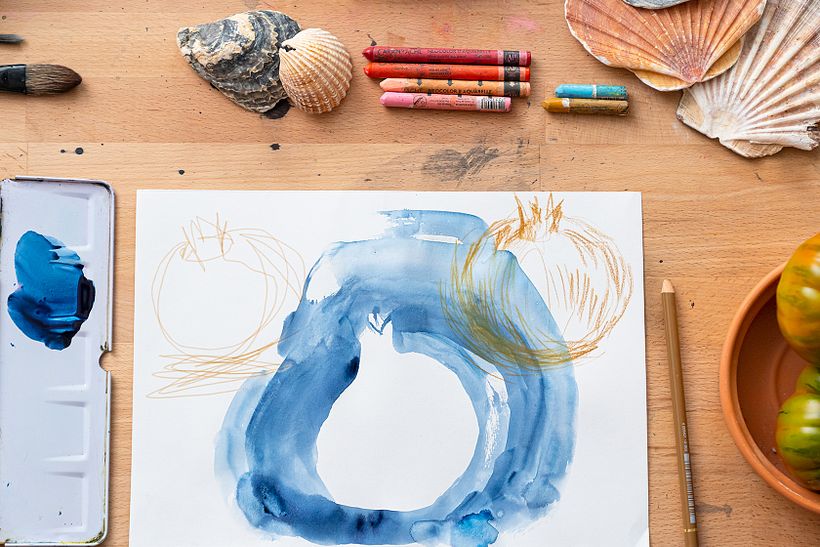
In naturalist illustration, the artist will add elements to make the result more beautiful. As this discipline has evolved, nowadays, every artist chooses their own style. You can even use software such as Procreate to digitize your pieces, which is an essential step for science projects that are trying to reach people and spread knowledge.

Here are the four fundamental steps in creating a naturalist illustration:
1. Learn to observe like an illustrator. The key is to watch carefully. Thanks to this step, you will be able to gather all the necessary information from your inspiration. Take your time and capture all the details.
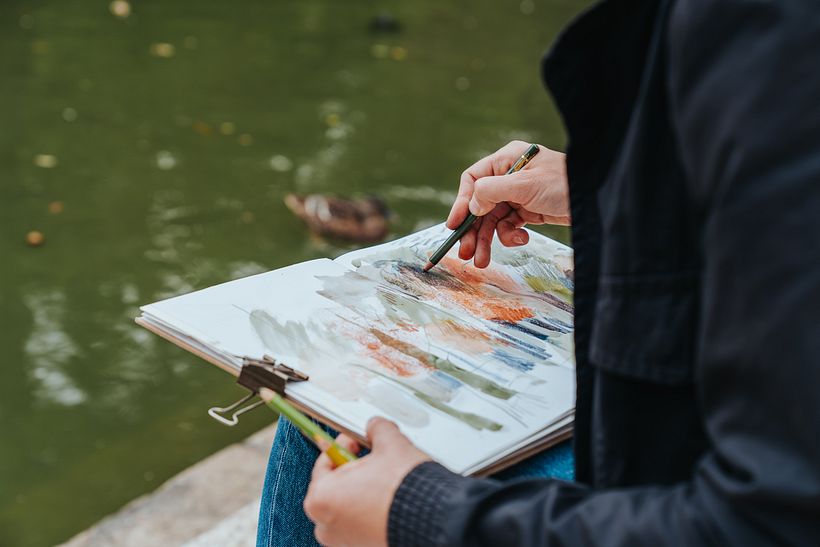
2. Seek inspiration. It may not always be possible to see your subject in the flesh or venture into their habitat. Alternatively, we have inspirational resources such as documentaries, books, and photographs available on the internet. If you have the chance to visit and draw while surrounded by nature, it is sure to inspire and evoke new ideas and sensations. Remember that you can also delve into your own imagination to create your own animals and plants.
3. Spend time sketching. This is the bridge between observing a three-dimensional object and translating it into a two-dimensional representation on paper. Working on this part of the process will help you get better results and enable you to plan the colors you will use.
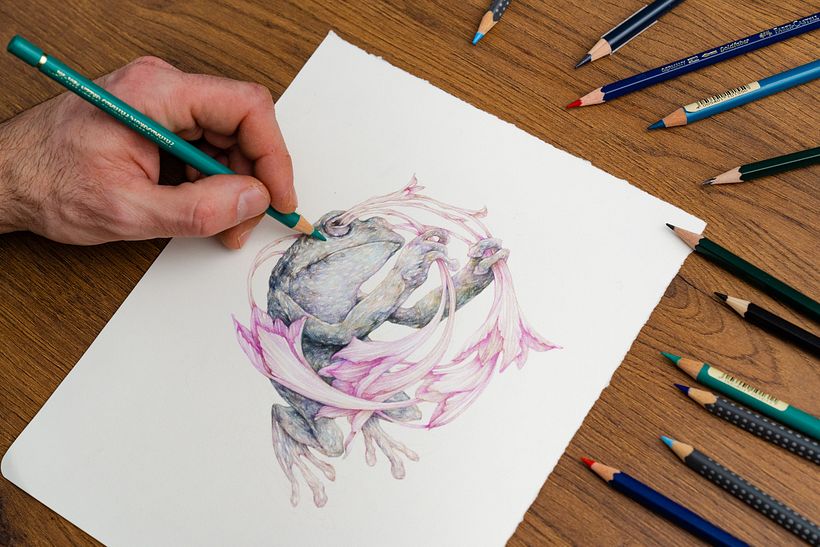
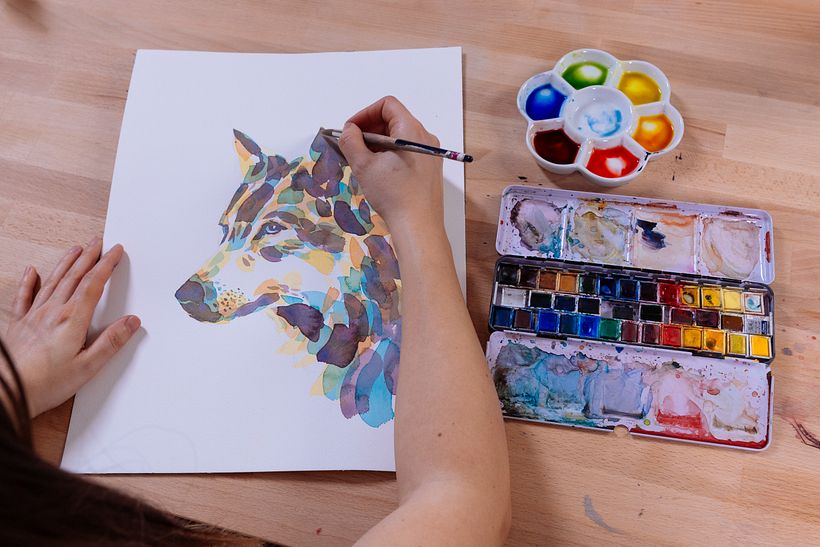
4. Add the finishing touches to your illustration. To define certain features, such as the plumage or the beak, you may need to try out other techniques or materials. Explore all possibilities until you are satisfied with your composition.

Although centuries have passed since the emergence of the first-ever naturalists, this illustration technique is still a good way to learn about our environment. In addition, it is also an opportunity to learn how to draw and exercise creativity, given that nature is such a vast source of inspiration. If you want to learn more about naturalist illustration with experts, check out these Domestika's courses.
English version by @eloiseedgington.
You may also like:
–5 Interesting Facts About Watercolor
–5 Online Courses to Learn Naturalist Illustration from Scratch
–What Is Botany, and How Does It Inspire Creativity?





1 commentaire
Thank you for the article, it’s very helpful.